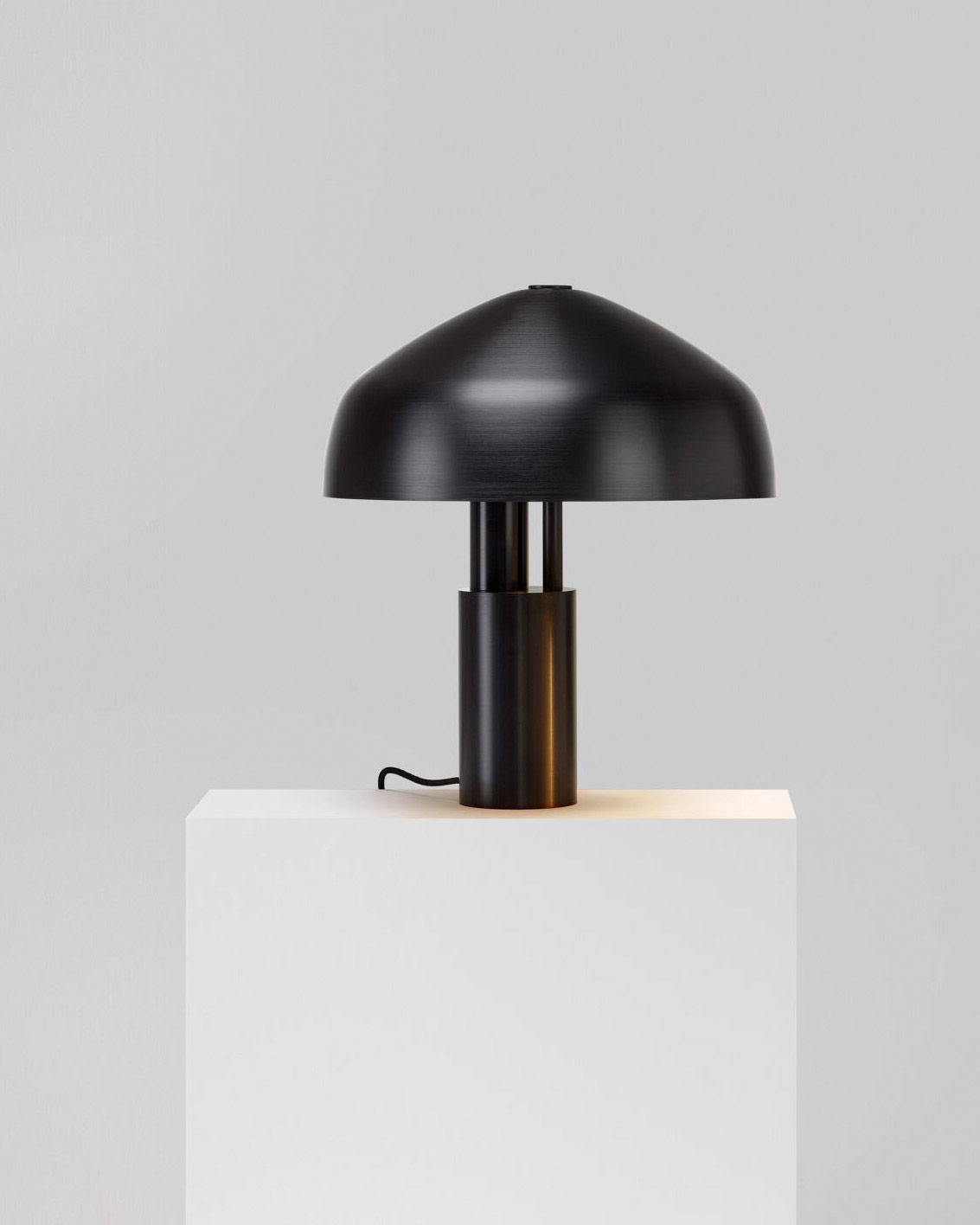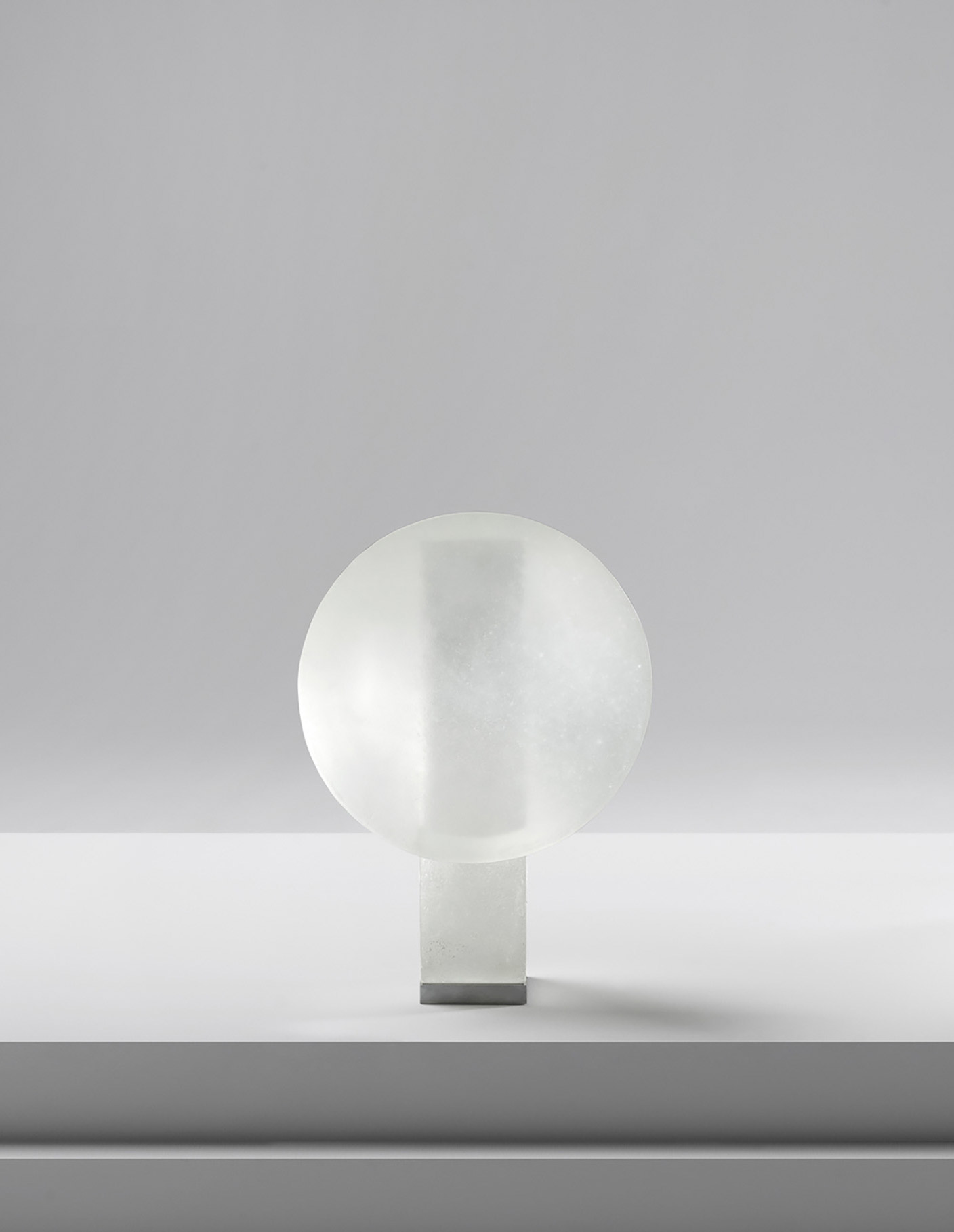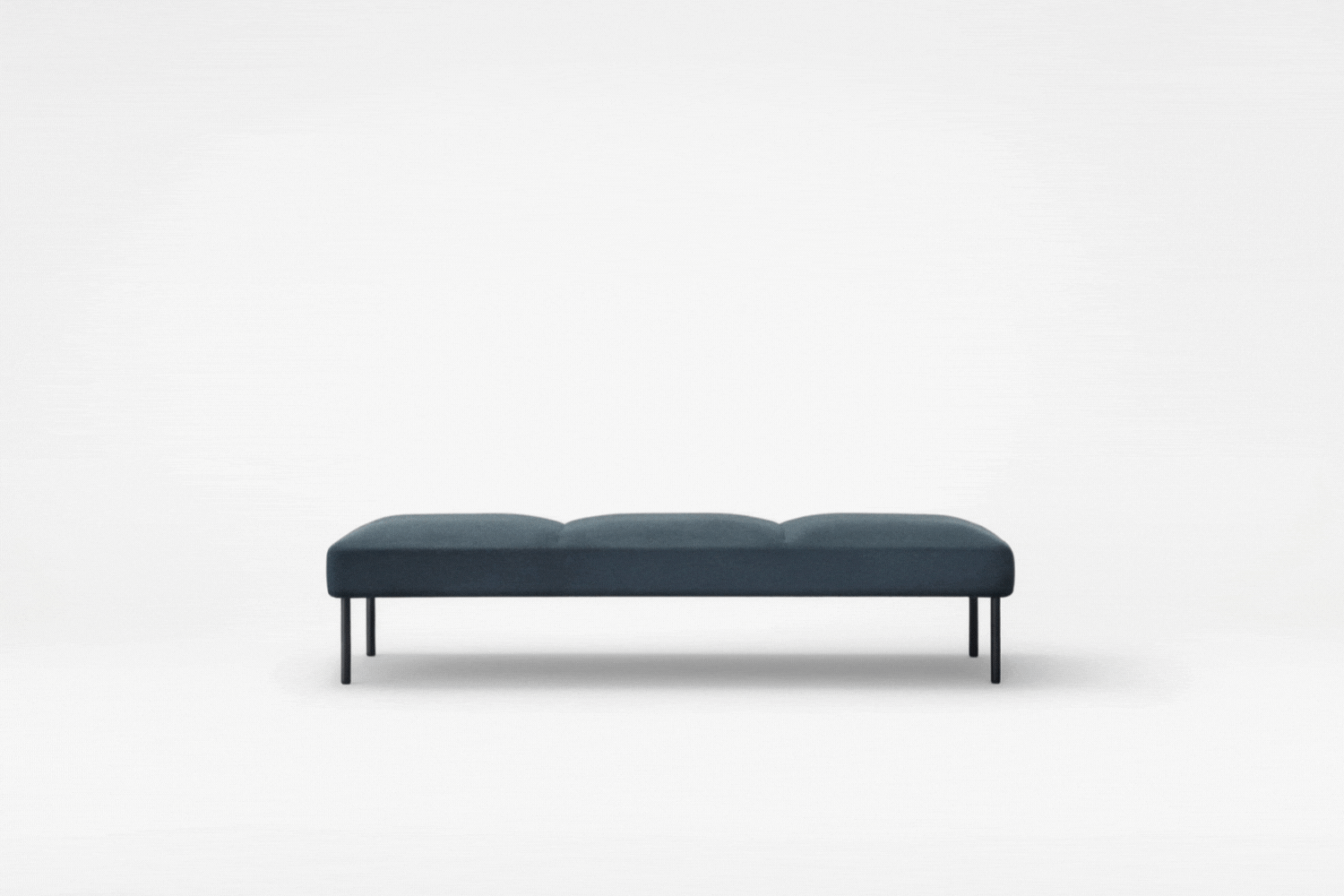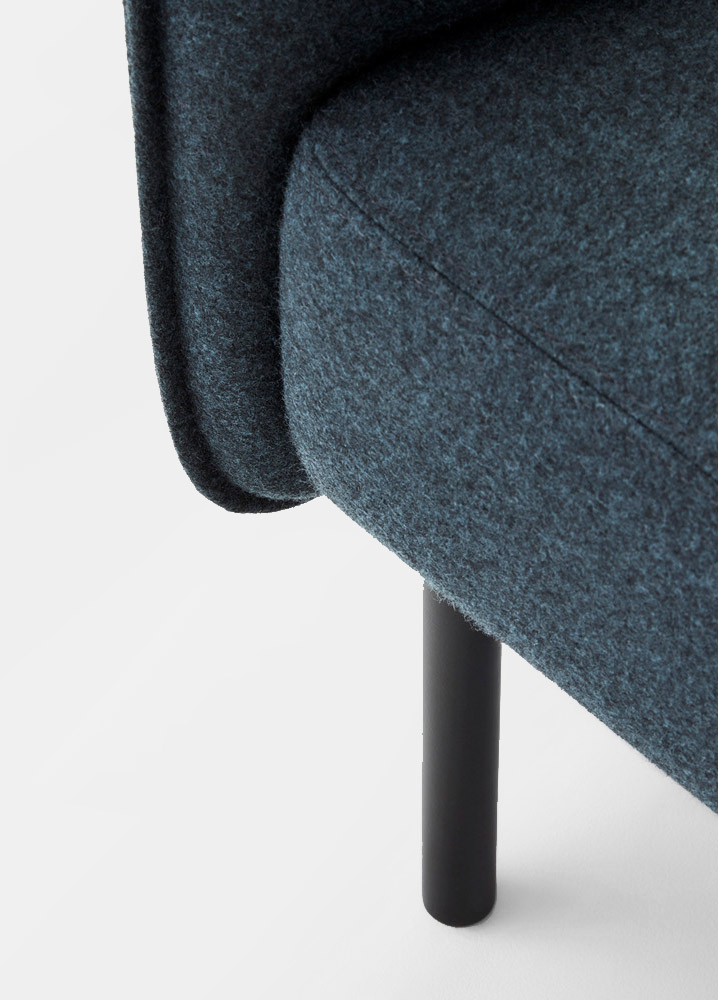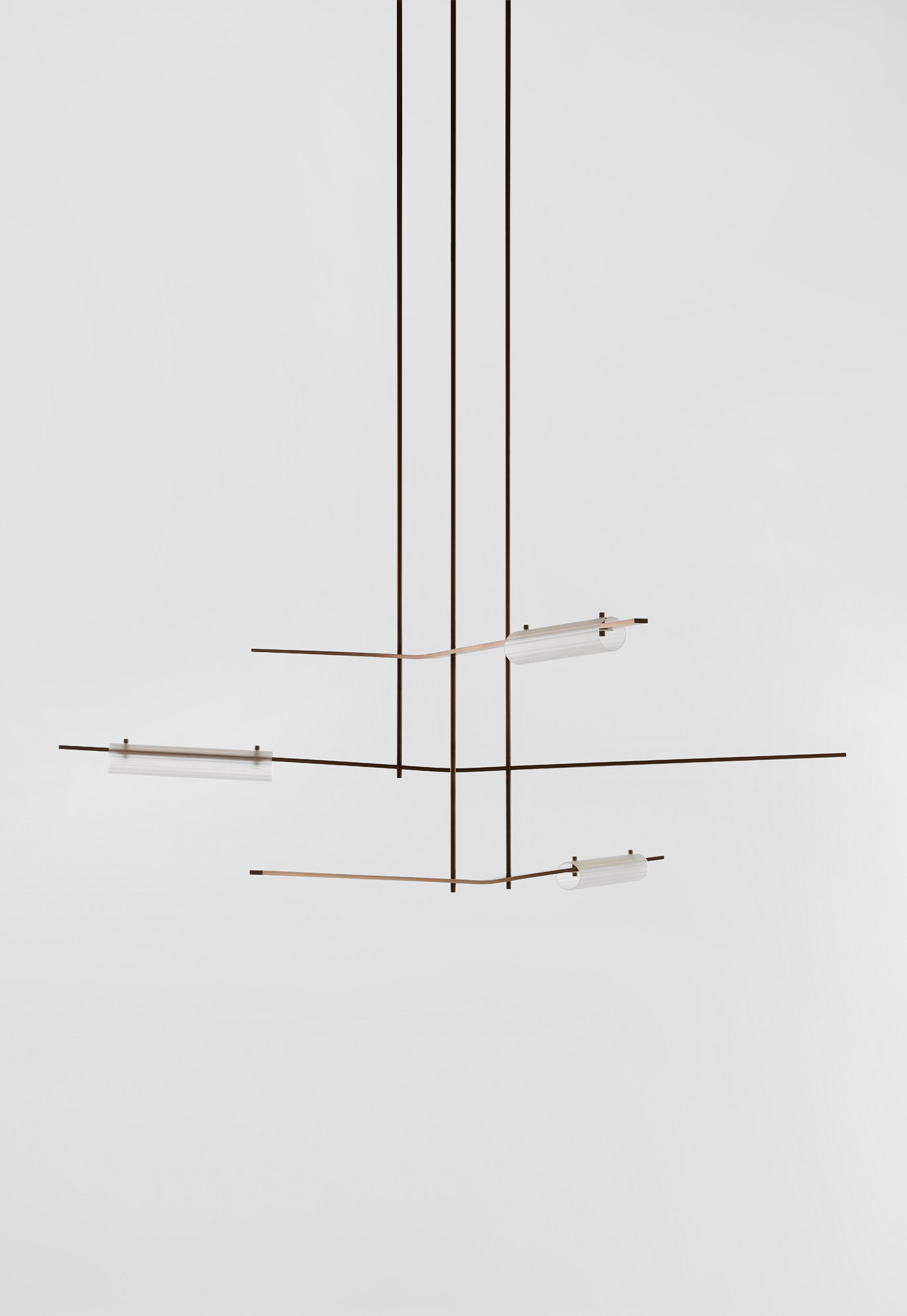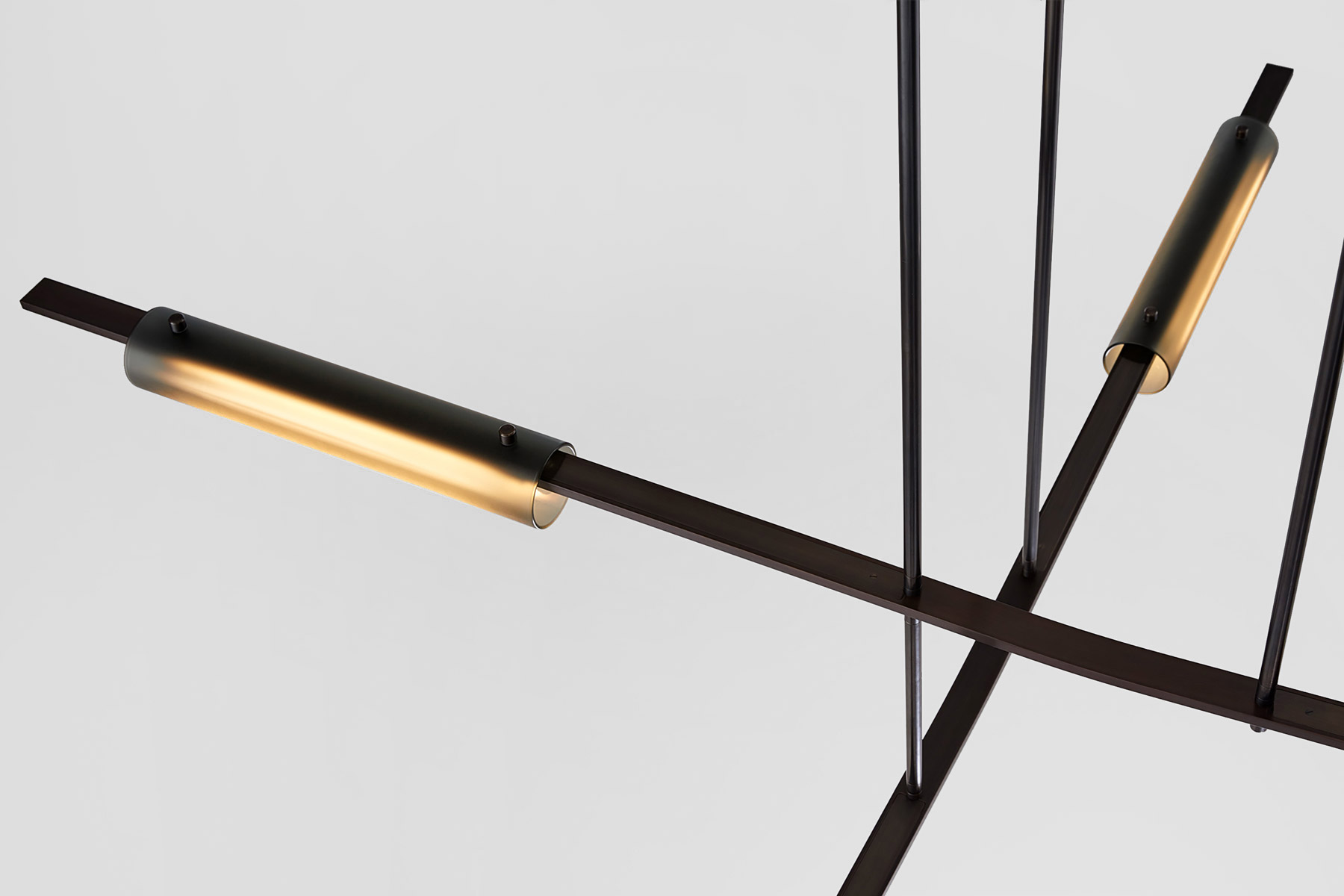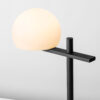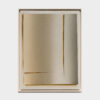In the latest edition of our interview series, we once again delve into the world of minimalist aesthetics. In inspiring conversations with creative minds from the fields of architecture, design, and art, we explore how they are guided by their vision and how they express it in their work. They give us interesting insights into their creative process and reveal how they perceive and shape the world. This time I had the pleasure of having an inspiring conversation with Ross Gardam.
Ross Gardam is an Australian designer from Melbourne. Guided by the philosophy “Experiential Objects that Elicit Joy & Defy Convention,” Ross leads an 8-person team of designers, engineers, and makers who create handcrafted contemporary lamps, furniture, and objects. With the goal of connecting with people on an emotional level, he and his team strive to challenge norms through unique designs. Whether it’s a playful exploration of functionality or meticulous attention to detail, Ross’ passion for design is evident and noticeable in each of his products.
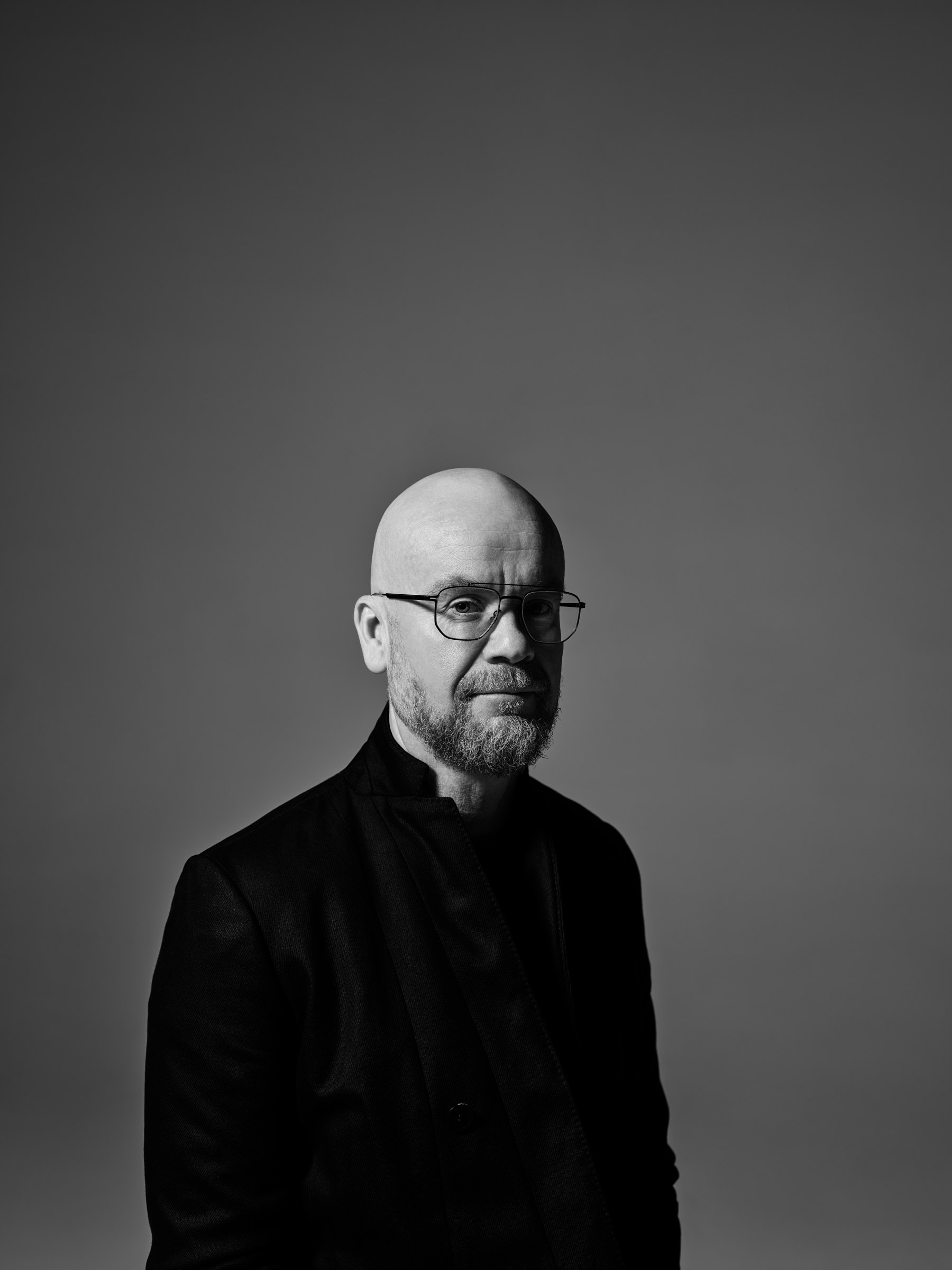
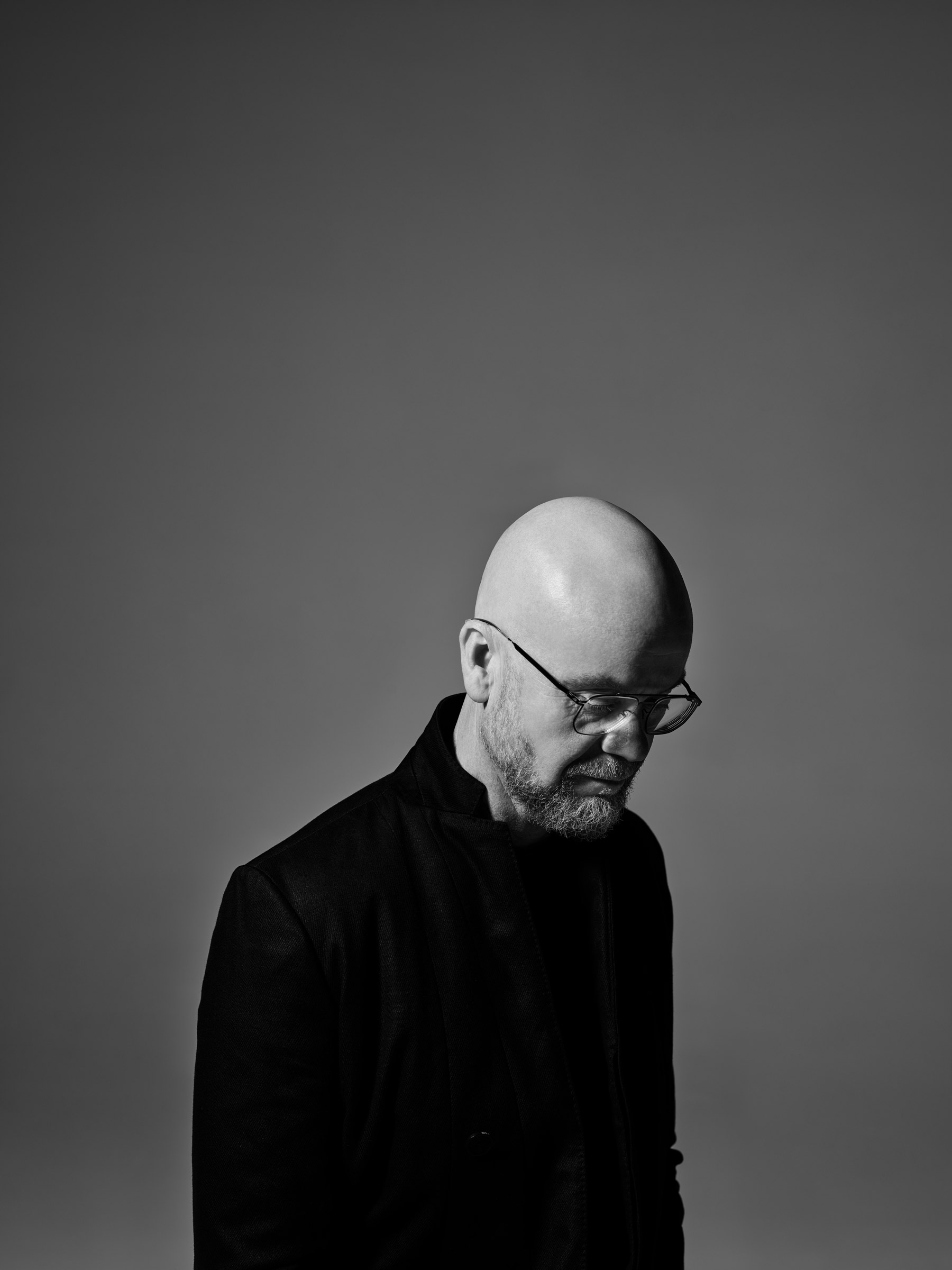
Ross, thank you so much for your time! It’s a pleasure to talk to you today. Please tell us, how would you describe your work to someone who has never seen it?
The studio focuses on furniture and lighting predominantly, most pieces are minimal at heart. Disciplined material use is important to me and often focuses the direction of the design development. How people interact with a product and the level of enjoyment people get from this process is paramount to how I gauge a product’s success.
I believe there is a visual link throughout the work although it is not something that I have laboured to achieve, it has developed much more naturally which is nice.
Thank you for reaching out, I have had my practice for 16 years now, you get so caught up in the day-to-day, so it’s nice to take some time to reflect on things.
You grew up with design, your father is an engineer, and you spent a lot of time tinkering in your childhood. I’m curious, was there perhaps a moment in your life when you wanted to do something completely different?
I have been constantly interested and inspired by architecture over my lifetime. I have shared my studio space with a few architectural practices over the years and I do envy elements of the process however ultimately, I like the scale and the timeframe I work in.
I also like the connection of designing objects for people and space so there are some nice synergies with architecture. Some pieces I have worked on are also inspired by brutalist architecture such as the Vestige.
How people interact with a product and the level of enjoyment people get from this process is paramount to how I gauge a product’s success.
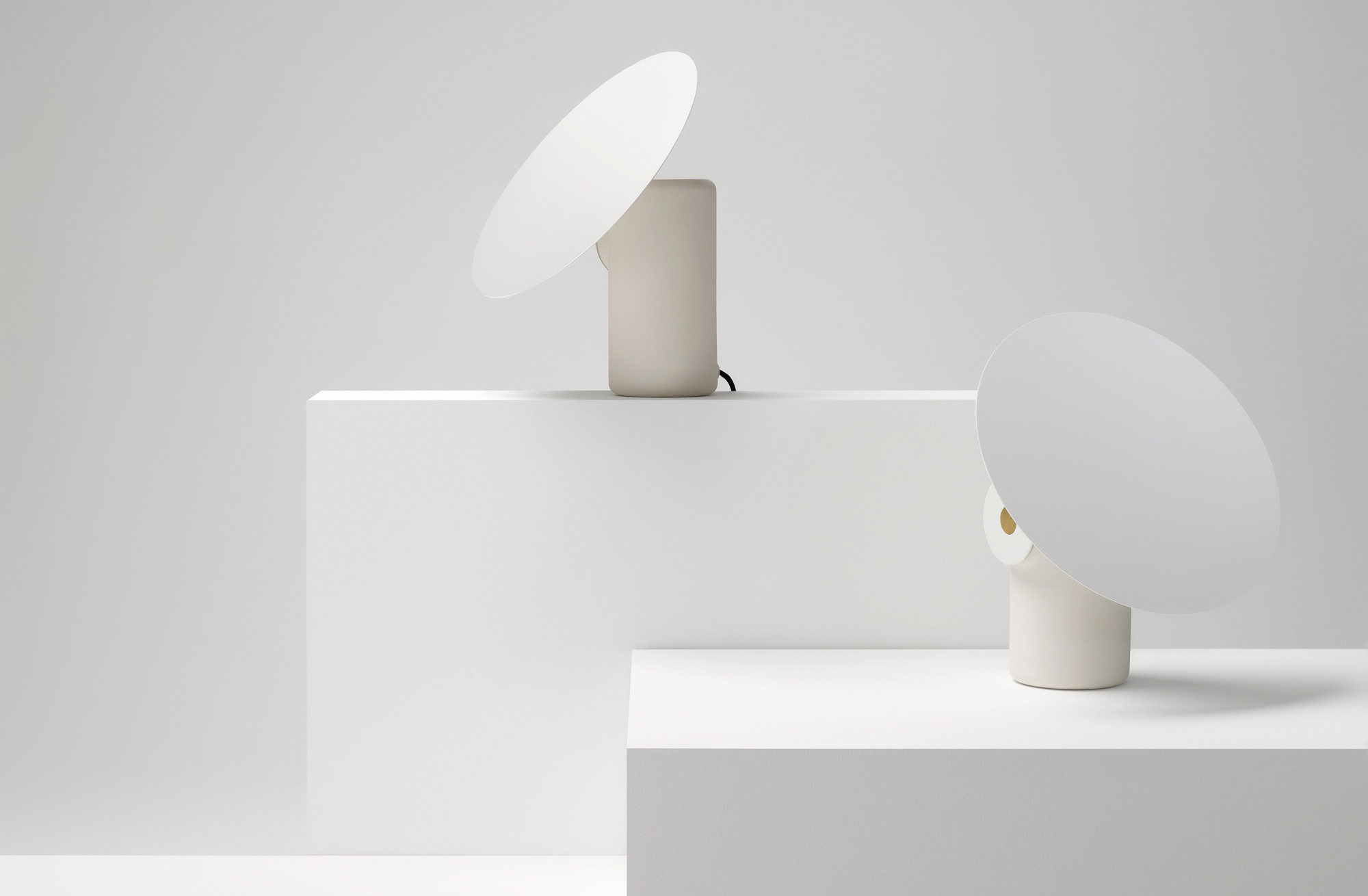
How do you find the balance between functionality and aesthetics in your designs?
Engaging with people functionally and emotionally is a key component of what I do. In the studio, we often discuss the ‘right level’ of design content. We are really discussing the amount of aesthetic content a product has and whether the functional aspects appear in the foreground or background of a product. Any product we are working on typically has one or two concepts which define the aesthetic.
These could be drawn from the materiality, manufacturing process, functionality or be inspired by something completely different such as an architectural period or a natural form. How much this concept is apparent in the design, defines the level of content and I spend a lot of time dialing this up and down. What is the right level for me will be quite different to the next person. I think it is a very personal thing and ultimately defined by a cumulation of my life’s experiences as well as the process I have established at the studio.
You’re driven by the desire to engage people on an emotional level with your designs. How do you manage to create this emotional connection? What role does your personality play in this?
My aim is to create products that people are attracted to aesthetically, supply the right level of function and ideally, they connect with emotionally. This emotional connection may be a moment in time of awe or a smile at a functional attribute. A good example is the Ora desk lamp which has a hidden magnetic joint which allows the shade to orbit about the base. There is a level of discovery within the product and then typically a moment of joy as the user interacts with the piece. These little moments in time are what I spend a lot of time working on.
Recently we completed a solo show in Brera for Milan Design Week and had the opportunity to display our largest body of work to date. The show ‘Transcendence’ featured a unique curation of luminaire designs, an exploration into the innate allure of glass when illuminated, and its far-reaching effects beyond the physical. Eight pieces in total, four editions and four production pieces were on display. It was an amazing opportunity to witness people interacting with the products.
The studio also spent a lot of time designing the exhibition space as well as the products to curate the entire experience. We used black velvet curtains to divide the gallery space into five intimate rooms, we added scent, low light levels, and different music to the spaces to elicit an emotional response as people traveled through. This allowed the products to be experienced in exactly the way I intended and free from the noise that Milan Design Week produces.
How my own personality plays into this, to be honest, I had not given a lot of consideration. I am a people person and get a lot of enjoyment from spending time with people which may in-turn help with my work.
Tell us more about the Adapt collection and the concept behind it. How did the idea for a modular collection come about?
Adapt was first released in 2017 and then several iterations and additions have been released in following years. Ultimately it was designed to help people work and relax in a variety of contexts. The concept behind the range was to create a product that has commercial proportions with residential junctions. So, we spent a lot of time ensuring the products’ ergonomics and function was fit for commercial spaces, workplaces, educational space, airports, etc.
Then the junctions on the product; the corners, the place the seat meets the arms, and how the products connect, these junctions were all softened to a more residential aesthetic. This resulted in a product which performed very well in a number of high-use environments while also creating a level of calmness and familiarity to people. The uptake of the product was incredible and it continues to be one of our best-selling products. In 2020 we partnered with a US-based company Hightower which is now producing and selling it to the US market.
With the Mené table lamp, you show a beautiful combination of traditional craftsmanship and innovative engineering. Can you tell us more about the process behind the creation of such pieces?
There is a great video we produced which shows the manufacturing process, it’s quite a beautiful process to watch. (Note from Aesence: See the video here) We took a traditional glass-blowing technique of using an optic mold and re-interpreted it to create a more abstract pattern. Optic molds are typically used to create continued repeated patterns in glass, such as flutes or tessellation. We took this technic and developed a mold which would make a more organic pattern that resembles the natural occurring pattern of the surface of the ocean.
The process involves two molds, the glass is first pressed into the optic mold to give the abstract pattern and then the final mold to give the outer shape. The glass has memory from the first mold to the second, forming the ripples on the internal of the glass while the external has a smooth form.
The scale of this piece in combination with the rippled internal creates quite an awe-inspiring object which really needs to be seen in the flesh, illuminated to fully appreciate.
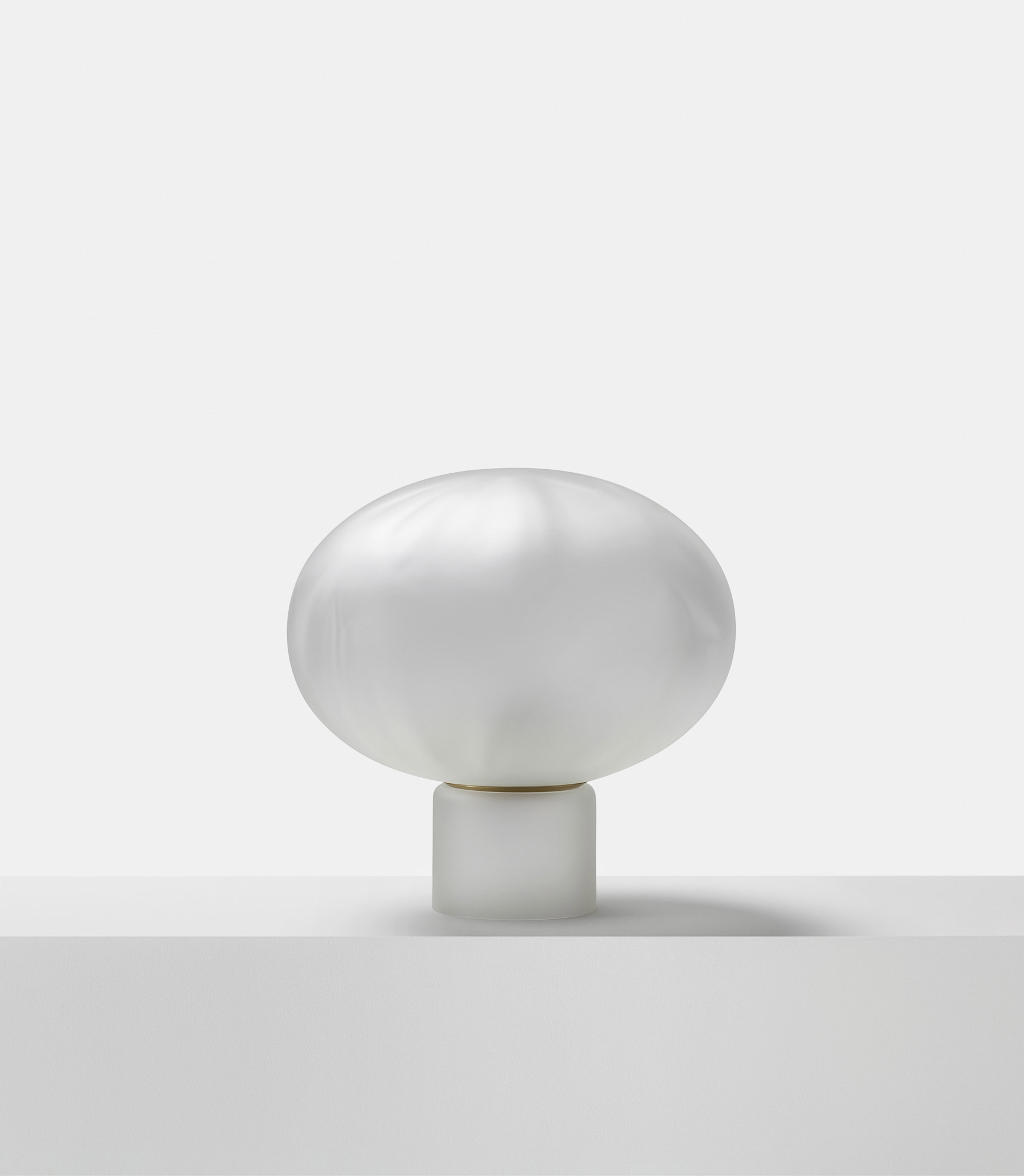
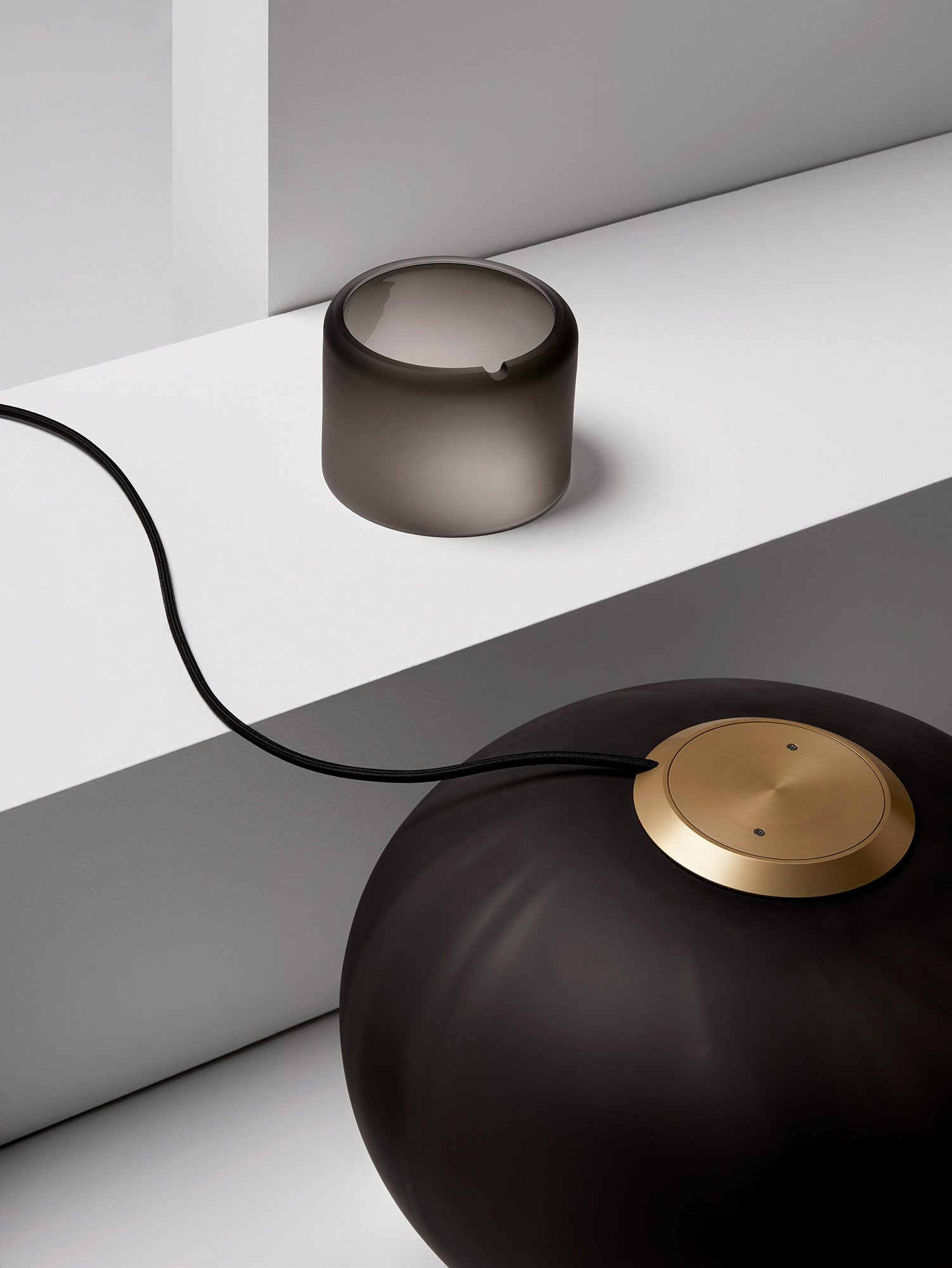
What makes design timeless for you? Do you work according to personal criteria by which you judge whether an object is relevant in the long term?
I think this relates very much to your question on finding the right balance of form and function. It is a personal criterion however ultimately the users of the object will decide a product’s relevance longer term.
This is not to say we don’t do everything we can do to design objects for longevity. We have design parameters that ensure durability, robust material selection and complete a lot of testing and prototyping. We also have a product stewardship program, so we are committed to taking products back at the end of life. This affects the design process as well, so everything is designed for disassembly. We try and select technologies that are proven over time and have some inherited longevity.
This is sometimes challenging with LED technology so we also spend a lot of time creating replaceable heatsink lighting sets so the products can be upgraded over time if required.
In an interview with TLP, you once said that the development of the desk lamp “Hemera” was a challenge, but at the same time one of the most beautiful projects you have worked on. What makes this lamp so special for you? And what challenges did you and your team face?
At the time of working on the Hemera lamp, I was quite taken by the solidity of the material. It was challenging to create something that was worthy of the utilising this ancient material. The final form itself has a longevity to it which I helped resolve this for me. The process of assembling the light, placing each element on-top of the next using only the weight of the marble is also a feature that defines the product for me.
My aim is to create products that people are attracted to aesthetically, supply the right level of function and ideally, they connect with emotionally.
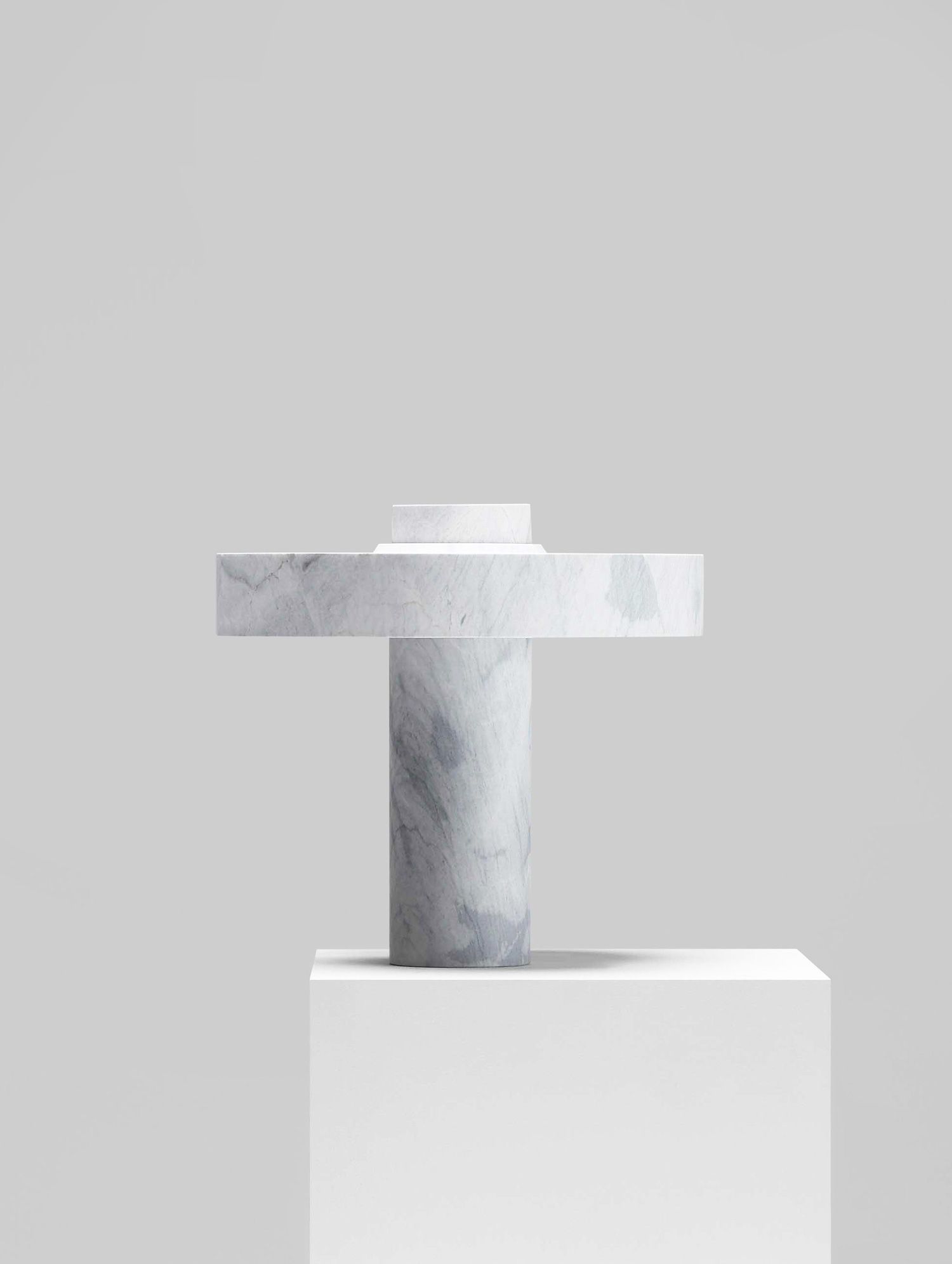
Most of your products are made from locally sourced materials and assembled in your studio. What role does local production play in your design process?
It is all about perspective with how you approach working locally. In one sense it can be viewed as restrictive, as Australian manufacturing does not have the same technology availability, we have high labour costs and material costs.
I see it as an opportunity to work with local materials, processes, and people in different ways. Exploring what can be achieved with a certain process and pushing for more, really challenging what has come before.
And finally, how do you see yourself and your work in the future? Are there particular projects, techniques, or materials that you haven’t worked with before but would like to explore?
It’s a nice time to be thinking of future projects, during the Milan show we released the Volant chandelier and I see some potential to expand this range. The materials for this product were all relatively new for the studio so these would also be nice to explore more. We are currently working on some new wall lights and a new lounge system which should be released in 2024.
Thank you for your time, Ross!
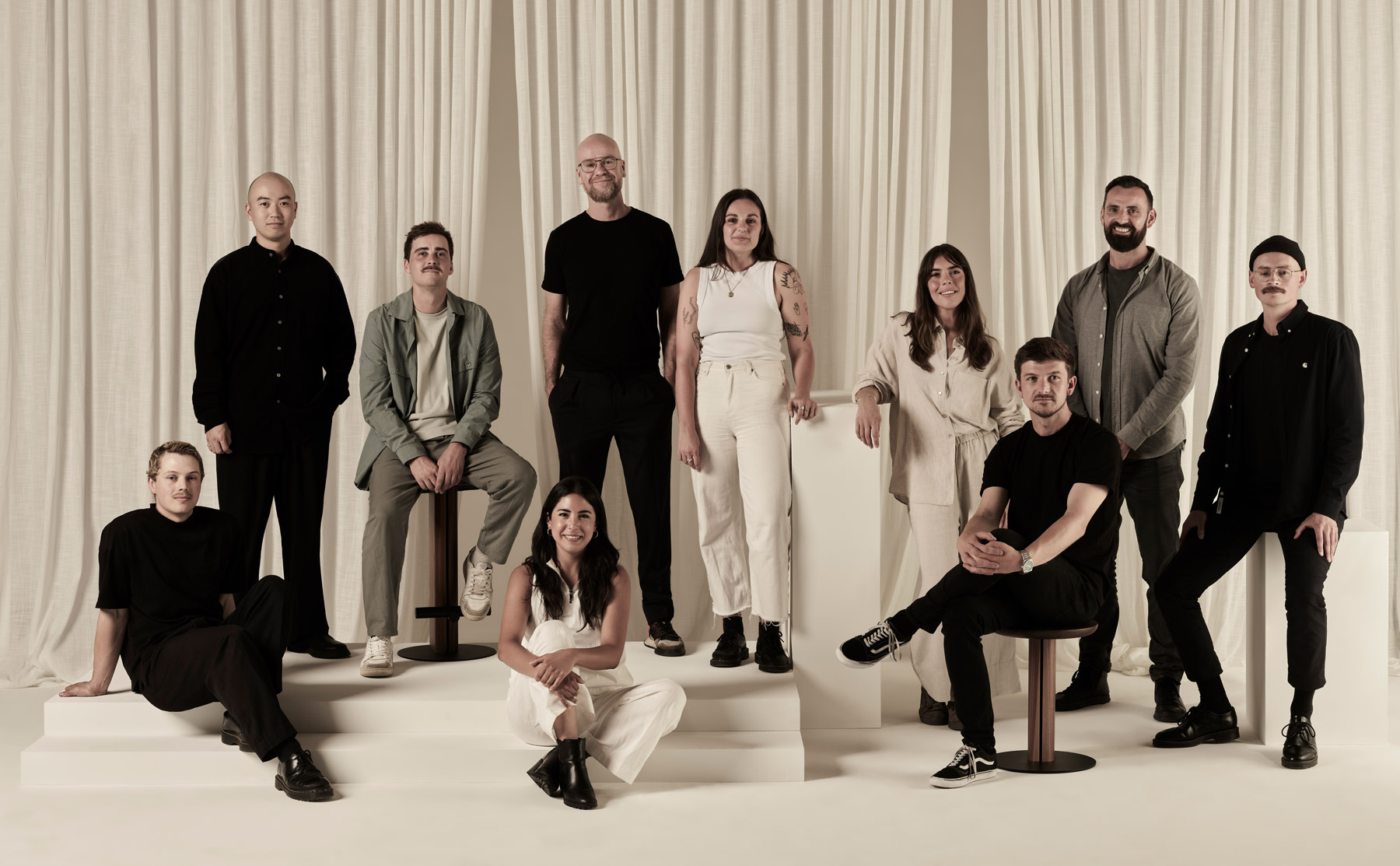
More about Ross Gardam
Aesence Feature: Polar Desk Lamp By Ross Gardam
Aesence Feature: Hemera Lamp By Ross Gardam
